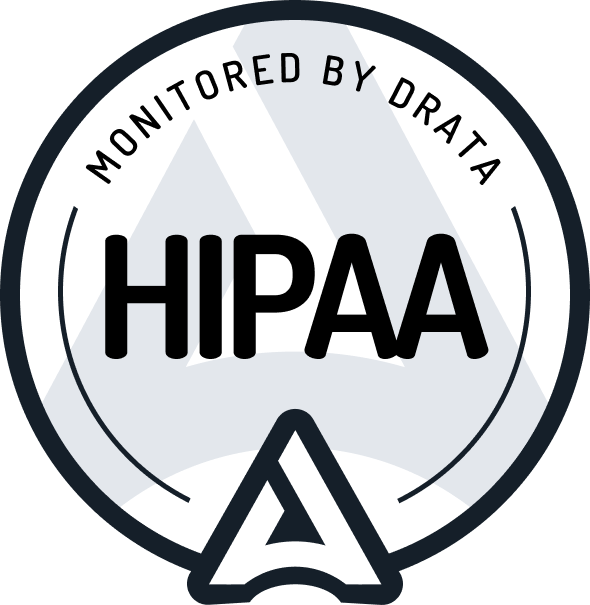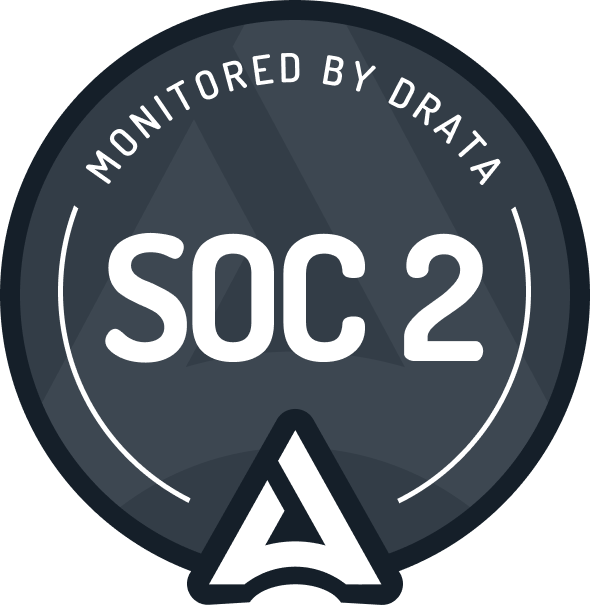Hybrid Cloud
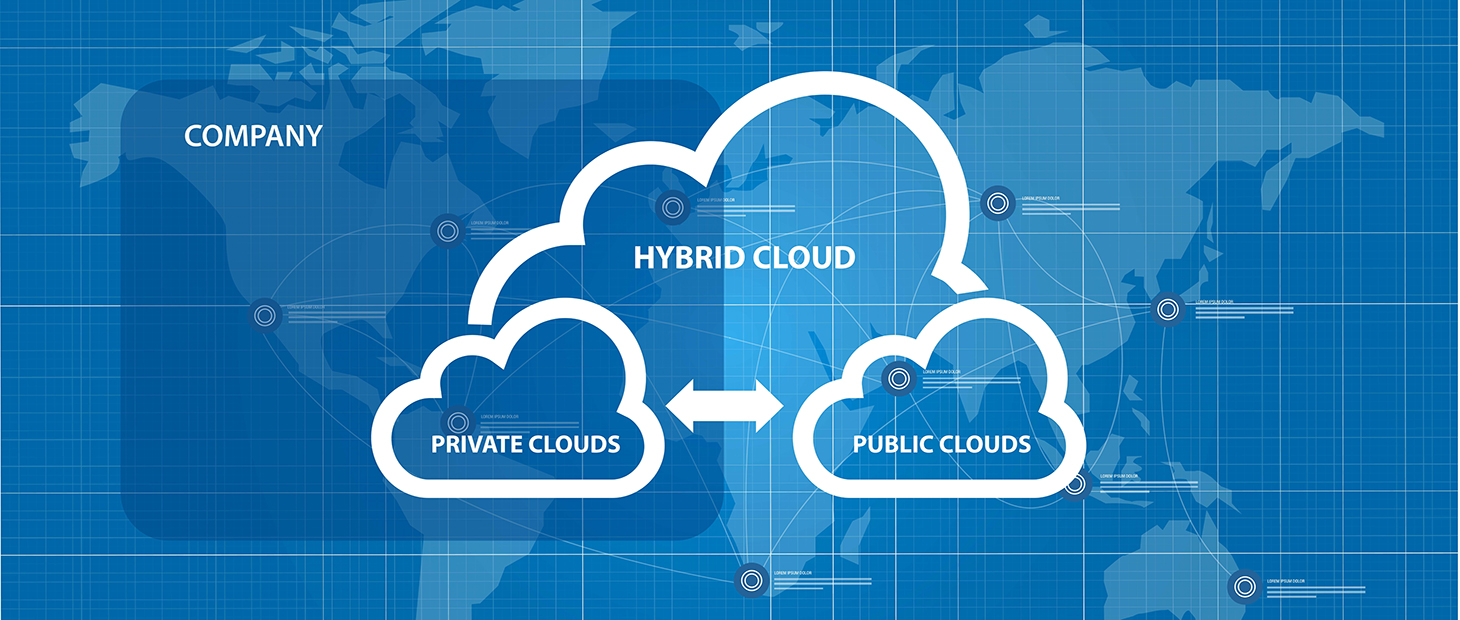
Why Hybrid Cloud?
Public, Private, and Hybrid Clouds
Public cloud is what people think of when they hear the word “cloud.” It’s ideal for application development, scientific data processing, and web-scale applications. On the downside, SLAs can be weak and security can be limited. Exclusive use of the public cloud becomes less economically feasible as usage scales.
Once applications hit a certain usage/cost threshold, or have strict requirements, such as security or data protection, that cannot be met by the public cloud, organizations often consider a private cloud. IT favors the private cloud for core enterprise security; applications run on infrastructure that is solely assigned to your company and that facilitates auditing and compliance. The reality is that most organizations will need a blend of these options for different purposes.
This is referred to as a hybrid cloud. It allows organizations to use the public cloud where it makes sense, to create private clouds to support certain application types, and to use advanced techniques such as cloud hubbing situating critical hardware in network data centers in close proximity to telecom providers, content distribution networks, and application component providers to place their applications optimally to ensure rapid response time. Hybrid cloud automates and modernizes the applications estate, places workloads in their optimal location, embeds security, enables an IT brokerage model and creates a simple, agile, on-demand environment. Hybrid Cloud also lays the foundation for embracing new technologies such as containerization, serverless, platform as a service (PaaS), IoT and edge computing all with an eye toward improving business outcomes.
Key Drivers for Hybrid cloud adoption is:
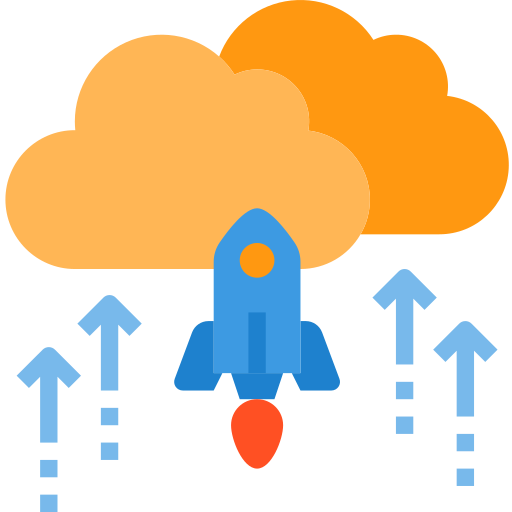
Experiment with new ideas on the cloud. Build once and run anywhere. With secure, easily managed, low-cost cloud resources, companies can finally break the 6-to-18-month application development cycle. Many businesses take advantage of the initial low cost and speed of provisioning servers in the cloud to test new applications, then move production apps to a private or hybrid cloud for better performance and cost savings.

Choose the best cloud to meet cost, performance, regulatory, or data governance requirements. Organizations that demand greater operational flexibility and scalability, data that needs to stay on-premises for compliance reasons can remain in your data center, while application development and testing, HPC, and capacity can take place in the cloud. Also, a hybrid cloud environment allows for “bursting,” or the temporary allocation of cloud capacity for short periods, at a lower cost than using physical and owned IT resources. This helps prevent over-provisioning and resource abandonment when the instances (virtual servers in the cloud) are no longer needed.

Choose the best cloud to meet cost, performance, regulatory, or data governance requirements. Organizations that demand greater operational flexibility and scalability, data that needs to stay on-premises for compliance reasons can remain in your data center, while application development and testing, HPC, and capacity can take place in the cloud. Also, a hybrid cloud environment allows for “bursting,” or the temporary allocation of cloud capacity for short periods, at a lower cost than using physical and owned IT resources. This helps prevent over-provisioning and resource abandonment when the instances (virtual servers in the cloud) are no longer needed.

Reduce dependency on proprietary services, application tools, and cloud providers. To support global delivery, companies are paying increasing attention to the network performance from their end users back to the applications being consumed. Placing application servers close to the customer and directly connecting with relevant networks helps to ensure an optimal end-user experience.
Ultimately, a hybrid IT environment enables a whole new style of execution characterized by collaborative development environments, consumer-controlled personalized experiences, a cloud-first strategy, and data-driven decisions arrived at with the help of machine learning & AI.
For example, in a manufacturing scenario, data from IoT sensors monitoring the performance of machines on the factory floor can be ingested using an edge computing infrastructure. Data analytics is first performed locally; then the data is transferred to a data lake in a cloud environment where advanced analytics, AI and machine learning are applied to larger data sets to gain critical insights. These insights can be used to automatically initiate actions in production & supply chain systems that execute in a traditional infrastructure environment. The hybrid IT components are managed in an integrated fashion to deliver the end-to-end business processes.
As these examples demonstrate, the potential benefits of hybrid IT are compelling, yet there are notable challenges facing CIOs as they work to embrace or accelerate hybrid cloud.
Hybrid Cloud Challenges
Migration of workloads and integration between the private and public clouds are primary challenges. Ensuring that applications and data do not become fragmented between clouds is a key issue as well. The challenge is how to accelerate the pace of change by stitching together legacy environments — which aren’t going away anytime soon for a variety of business, security, compliance or technical reasons — with emerging capabilities, creating a seamless hybrid IT environment. Some of the key challenges are:
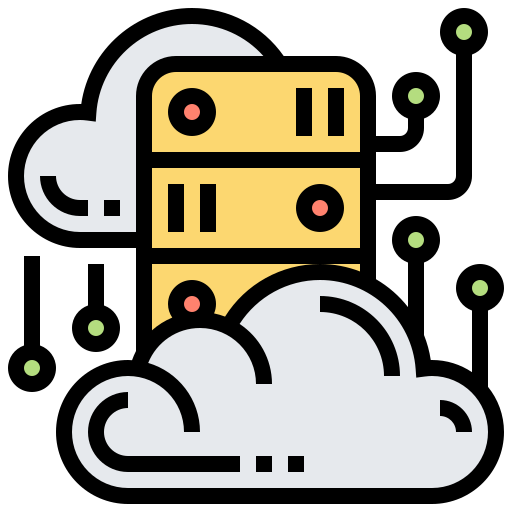
Workload Migration
Choosing when to use what cloud provider is a daunting task as well as shifting legacy applications present challenges.

Integrating Clouds
Manage the public and private clouds together that administration tasks become more difficult.
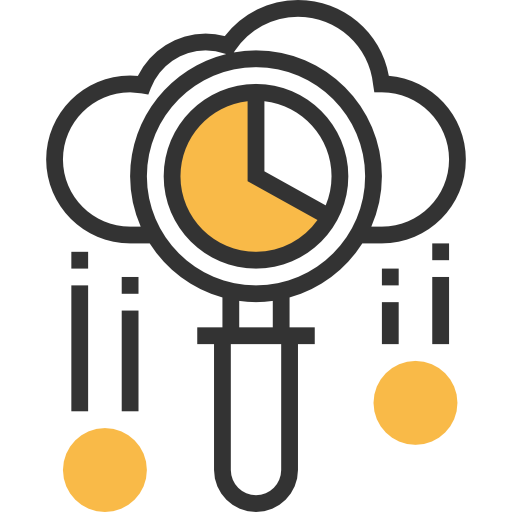
Workload Fragmentation
Tracking resources and decommissioning them in a timely manner when they are migrated.

Support & Assistance
Obtaining a unified support experience across cloud providers during the outage and anomalies.
How Can I Use a Hybrid Cloud?
From being able to migrate between clouds to supporting local data regulations, hybrid cloud enables the advanced level of management of computing resources that is necessary to gain competitive advantage in today’s business climate. However, simple migration isn’t enough. It takes the ability to seamlessly manage and move workloads and jobs between clouds that provides the next level. Some of the entry-level use cases for a hybrid cloud include:
- Disaster Recovery/Backup
- Application Development and Testing
- Web Servers
- Data Extract, Transform, and Load (ETL) processes
- Machine learning and other analysis tasks
- HR, Payroll, Productivity Applications
- Supporting Local Data Regulations
- Go Global and edge computing
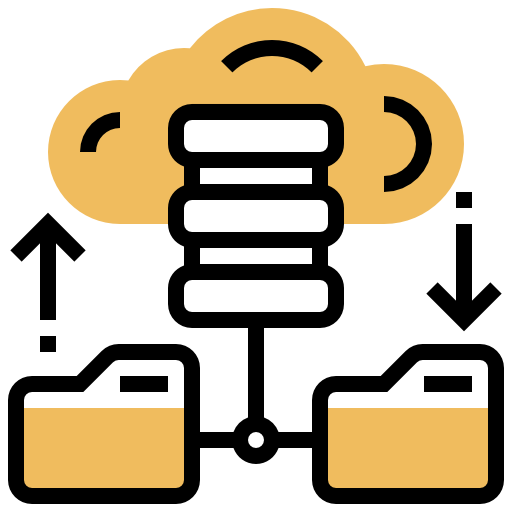
Disaster Recovery/Backup
Backup and disaster recovery is the most common use case as it serves two primary benefits. First, it allows you to use a non-production workload as a proof-of-concept for your initial entry into a cloud environment. Second, it allows you to create immediate value for your organization by elevating and testing your business continuity strategy.
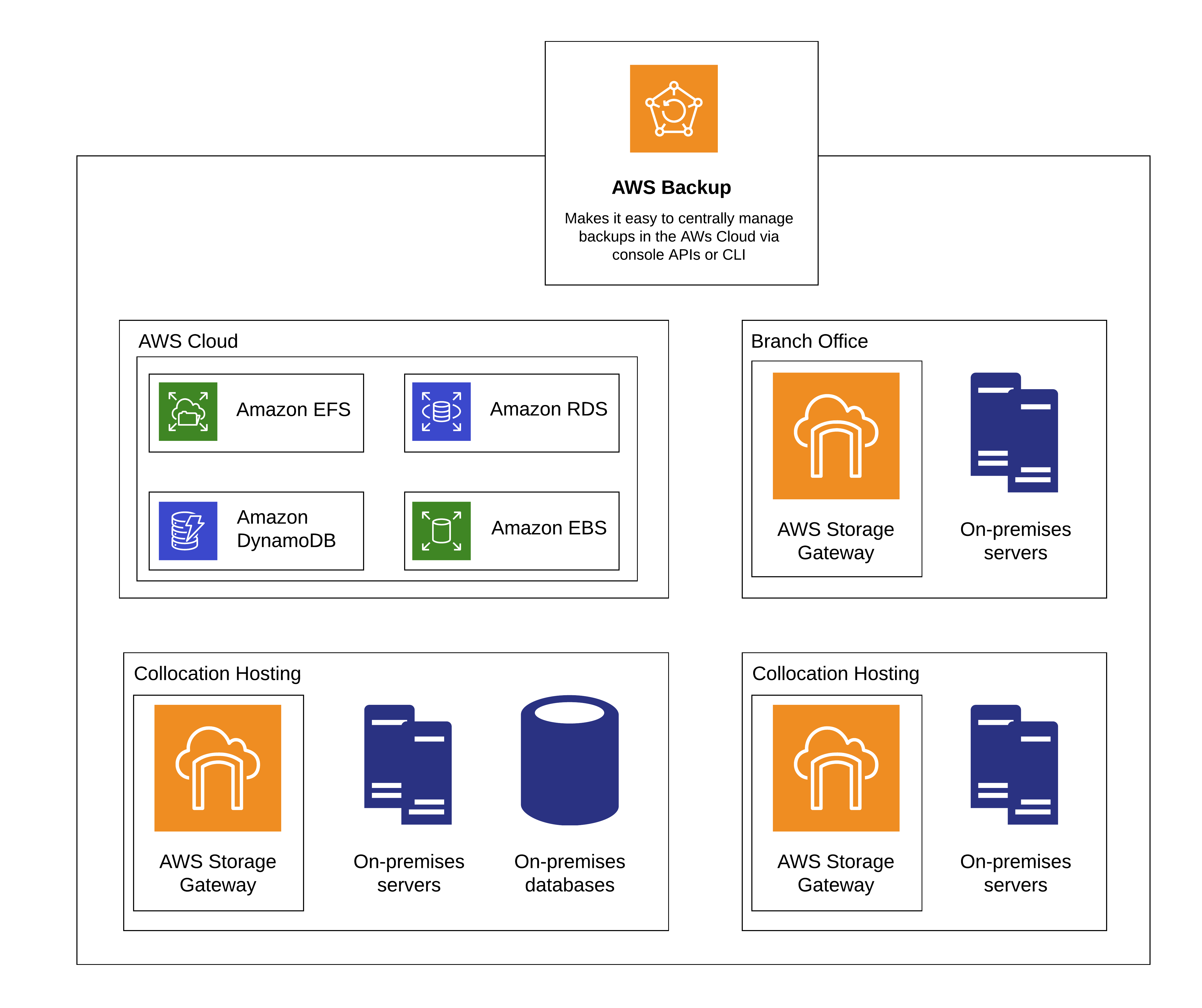
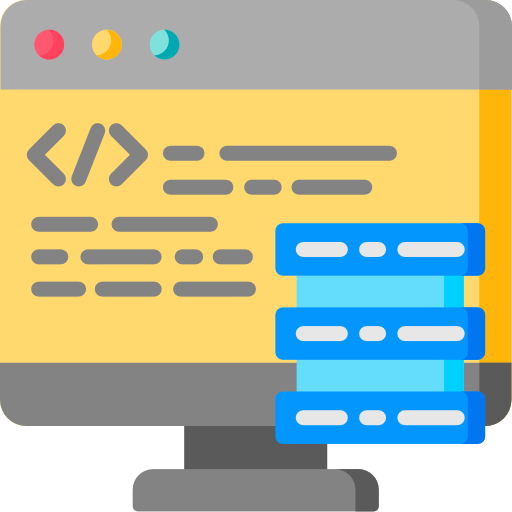
Application Development and Testing
Application development and testing or “DevTest” is another popular use case, particularly in organizations focused on innovation. Many customers move their dev/test environments to the cloud to gain access to elastic and on-demand IT resources, while leaving their production application and database on premises.

Web Servers
Third, customers move web servers to the cloud to take advantage of the elastic compute resources. This allows a customer to leverage auto-scaling to right-size, compute resources as demand spikes or declines. Organizations can also use the cloud for content delivery, placing their content closer to their end-users to reduce latency. This also adds another layer of business continuity as these, customer-facing applications can be dispersed and stored across multiple locations to prevent a single point of failure.
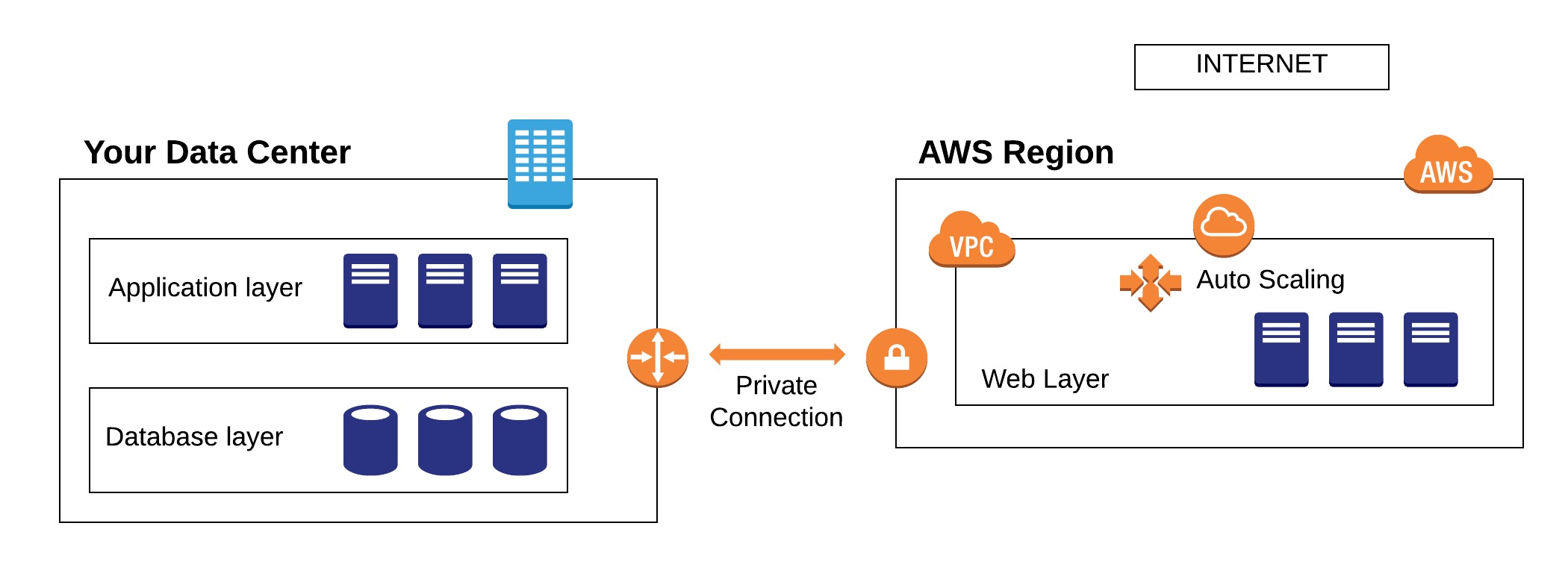
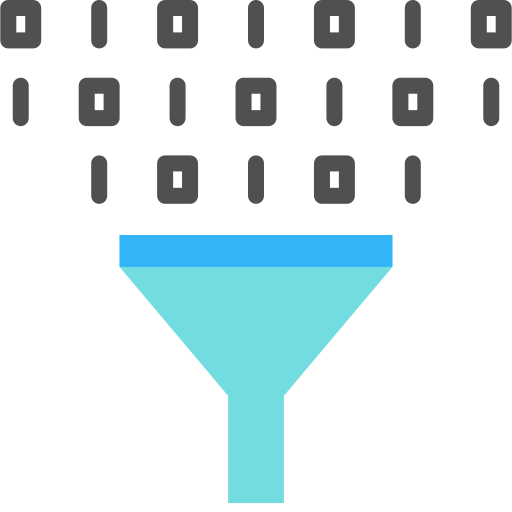
Data Extract, Transform, and Load (ETL) processes
Data Extract, Transform, and Load (ETL) processes can be quite resource-intensive and thus overwhelm the capabilities of an internal cloud and datacenter. Machine learning and other analysis tasks can also be moved based on the lowest cost and availability.

HR, Payroll, Productivity Applications
Many customers are moving first-workload applications to the cloud as their entry point. These entry-point applications include Microsoft Active Directory, Microsoft SharePoint, Microsoft Exchange, and collaboration tools. Customers may also choose to move front-office workloads, such as CRM, or operational applications, such as HR and payroll. Moving these to the cloud will provide:
- Scalable resources for applications and ever-growing data consumption
- Improved accessibility – access data anywhere and from any device
- Improved business productivity
- Easier to address compliance
- Common compute architecture built on Intel delivering industry leading performance, security, and support for the widest set of Enterprise applications.
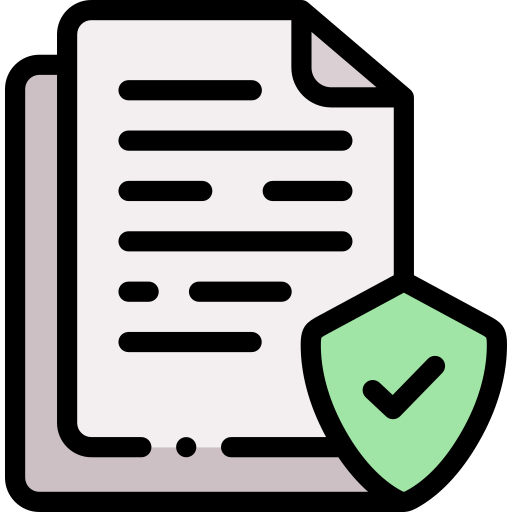
Supporting Local Data Regulations
There are increasing legal and regulatory requirements for data storage and processing. For example, European data protection laws require protections for personal information that are significantly different from regulations in the United States and other regions. In the United States, medical privacy laws such as HIPAA and others create strict requirements on storage and use of medical data. Utilizing a hybrid cloud is a step in the right direction because you can use public cloud providers in specific regions to support the regulations for processing and storage.
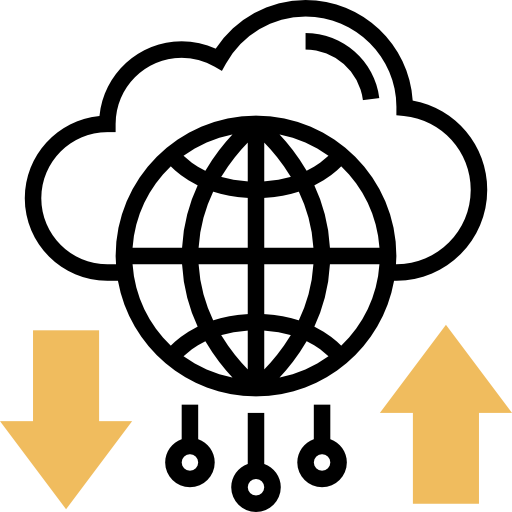
Go Global and edge computing
To deliver a good experience, enterprises need to be as close to customers as possible, and they need to understand how customers consume applications, as well as what components (payments, ads, videos) are required from outside sources. Using a hybrid cloud, enterprises can set up multiple availability zones under their control, connect with cloud service providers in regional markets, and use edge computing techniques to forge a direct connection to public cloud resources.
GETTING STARTED TO HYBRID CLOUD
The first step is for CIOs to connect with the business to establish clear lines of communication and to set common goals. Within the IT organization, CIOs must set policies that identify the need to prepare for hybrid cloud as a priority for overall IT strategies. Then we recommend assessing the company’s applications and IT estate and creating a roadmap to guide the journey to optimal hybrid cloud. This roadmap should compare current and future run costs to create a business case for change; assess application and workload placement and data locality options; recommend application transformation requirements; consider IT policy and operating model factors; and ultimately produce clear, data-based recommendations with a proposed execution plan to enable hybrid IT transformation to happen. Getting there will require transforming and migrating applications, integrating and orchestrating environments, automating and monitoring business services, enabling digital processes, and integrating data and security.
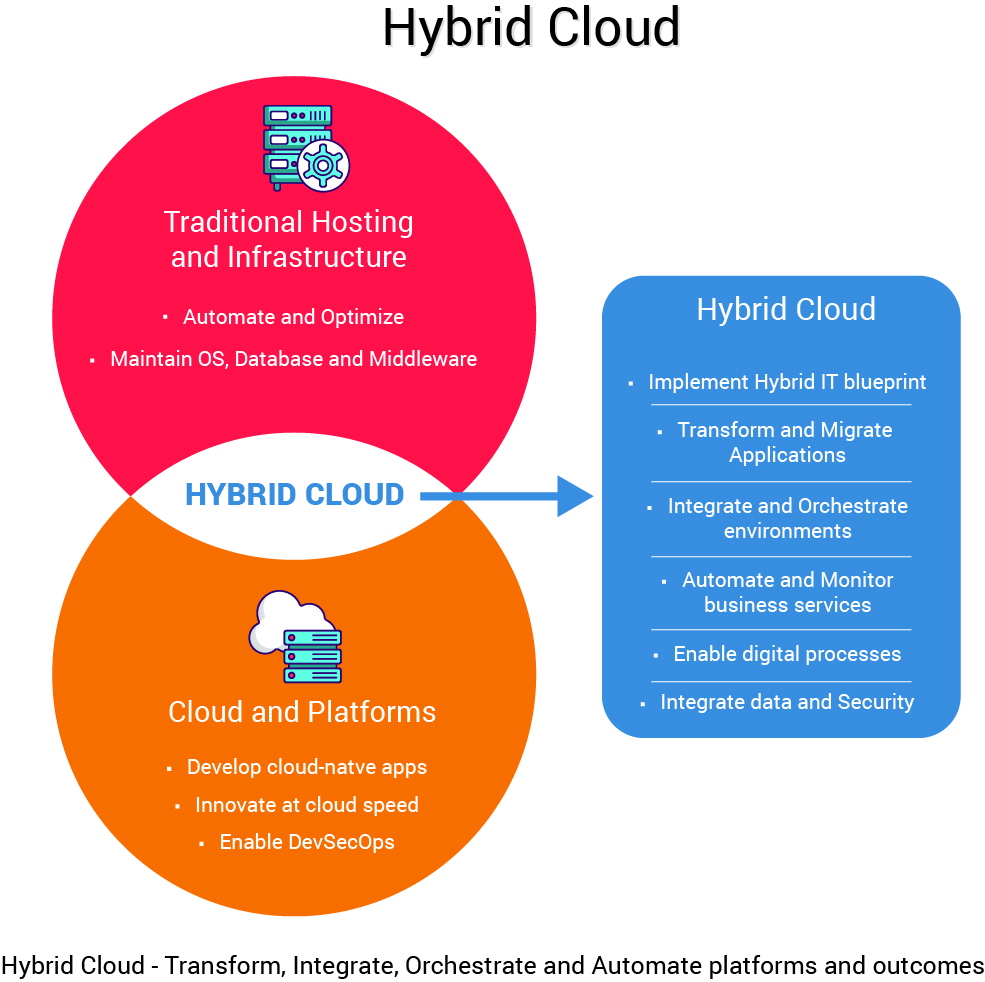
Key Strategic Drivers
As companies embrace hybrid Cloud, they must address both technology and the human side of change. There are several key actions to take:
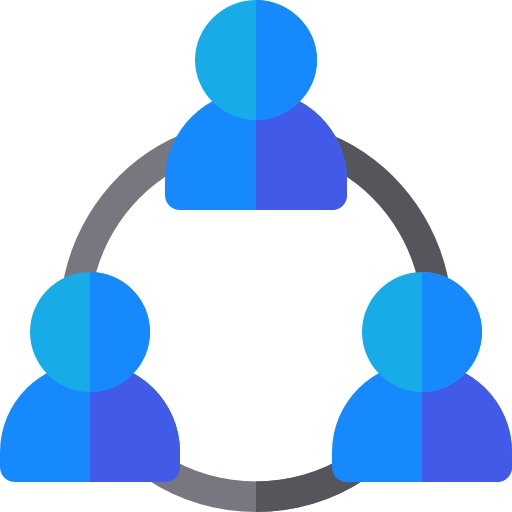
Embrace Cultural Changes
As the organization start embracing hybrid cloud and take benefits of Serverless, PaaS, IoT and edge computing, so the workforce should become more integrated, multifunctional, flexible and agile. Existing and new IT stuffs must adept cloud technologies, agile methodologies so that they can build, deploy and scale applications across multiple infrastructure environments using Agile and DevOps processes. Most importantly companies need to foster a culture of learning at scale.
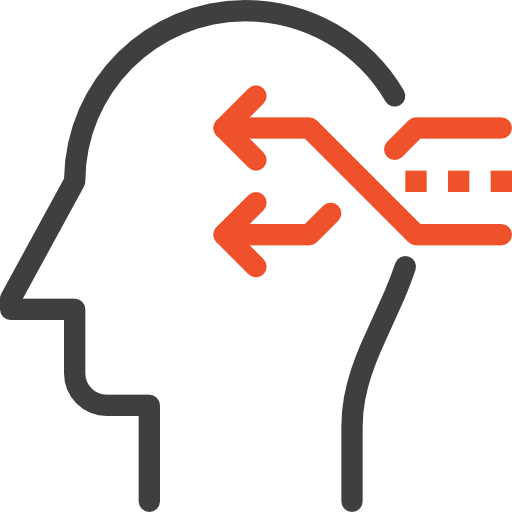
Revamp Change Management
The existing governance processes, gates and approval procedures designed for traditional legacy IT environments are no longer appropriate in a cloud environment. Companies should revamp their change management systems to allow changes to happen quickly and, using automated workflows, to reduce manual intervention.
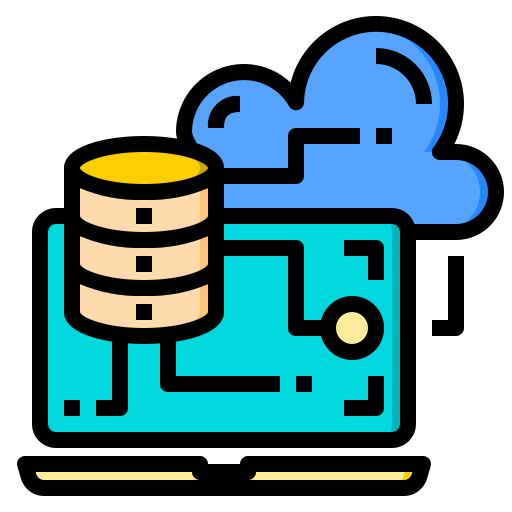
Integrate Cloud Operations
As organizations move workloads to the cloud, the IT operations function should adapt to manage both on-premises and cloud-based applications. This new model, called CloudOps, can provide continuous integrated operations in a multi-cloud environment to enable rapid response to events, incidents and requests. Adding DevOps to the mix then utilizes automation, integration and organizational change to enable more frequent enhancements that result in higher quality software.

Automate support
To the extent possible, automate IT support functions. For example, the traditional trouble ticket system can be manually intensive and inefficient. Automation can improve service and free up IT personnel for higher-level activities. Longer term, companies will be able to deploy machine learning and AI to take log data from cloud-based systems and automatically take actions to resolve or even prevent incidents. The idea is to learn once, fix with code and share learnings to improve code over time and scale knowledge.

Manage “Shadow IT”
Business units are often acquiring the cloud services they need because IT moves too slowly. At some point, those services must be integrated back into the traditional IT environment for operational and security reasons through a services governance model that encompasses hybrid IT elements. In addition, it’s important for CIOs to have a handle on what the enterprise is spending on IT services. The only way to accomplish this is to adopt hybrid IT and demonstrate to business units that IT can support the pace and scale that the business requires.
Synectiks can enable your enterprise journey to hybrid IT, regardless of your starting point.

Discovery & Assessment
Our discovery and assessment services can help you draft a hybrid IT roadmap with a clearly defined business case and prioritized recommendations by workload or accelerate efforts already underway. Our recommendations reflect deep industry knowledge and contextual knowledge about your business.
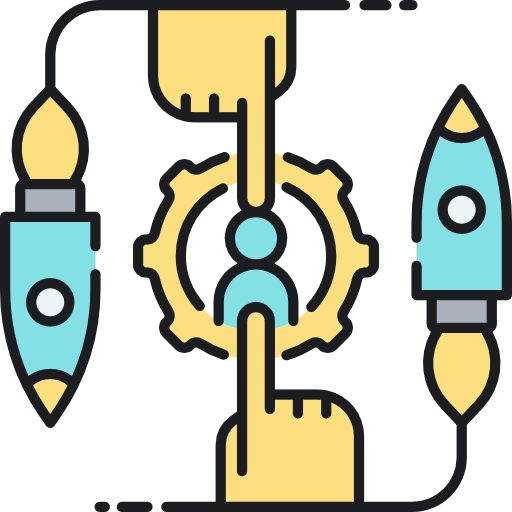
Transformation Services
You can access our open Xformation platform products and resource teams to adopt change quickly — from application migration, transformation and integration to cloud-native apps development, containerization, platform services and microservices — to enable your enterprise to thrive in public and virtual private environments. Synectiks xformation platform coupled with its Hybrid cross cloud infrastructure delivers you the maximum flexibility to run/move your high performant workloads across clouds and manage them through a single pane of glass
"Synectiks managed services helped us to consolidate our entire business from 4 different DC’s to a hybrid cloud that is fully software defined and microservices based ensuring our scalability and performance SLA."
We go beyond creating a strategy: Synectiks helps you plan it, do it, run it and manage it.
Top 12 Reasons to select Synectiks as your Hybrid Cloud Partner:

Experience
10+ Large Scale Hybrid Cloud Transformation

Expertise
Experience Team with a proven track record of CloudOps delivery enabled with DevSecOps Capabilities

Time & Money
Our open Product Driven Delivery Model allows customers to quickly build, deliver and orchestrate cross cloud services @50% time & cost.
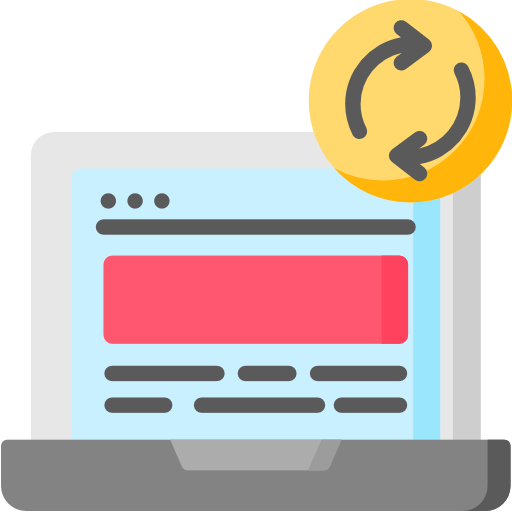
E2E Solution
Single point of contact for Application Migration, Transformation and Integration to cloud-native Apps services.
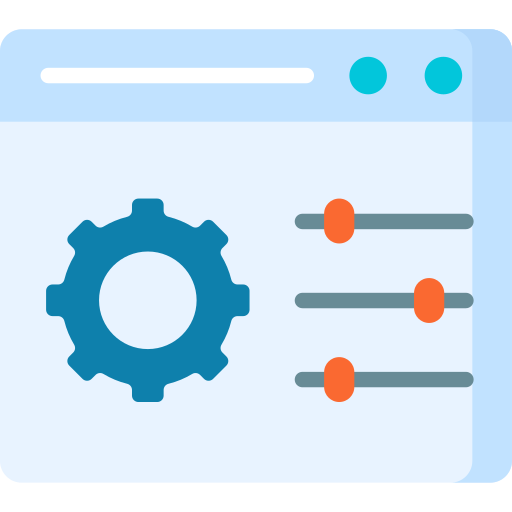
Single Control plane
Xformation is a single interface and platform to manage all your workloads distributed across multiple clouds and boundaries within a single control plane.

Compliance & Security
Our compliance and security assessment tools make sure your hybrid cloud journey meets your business compliance.
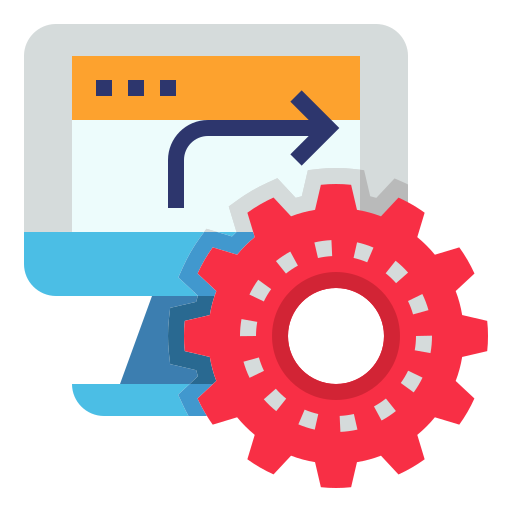
Extreme Automation
Use our existing automation capabilities to automate infrastructure, operations, security in hybrid IT environment.

Public Cloud Partnership
Our advanced partnership with major public cloud providers help you to get support at every stage.
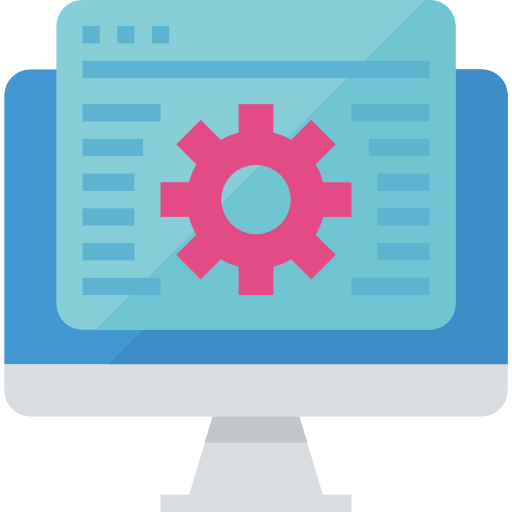
Demo Environment
Avail the opportunity to quickly create a demo hybrid cloud setup in our existing hybrid IT environment and testify to you key business use cases.
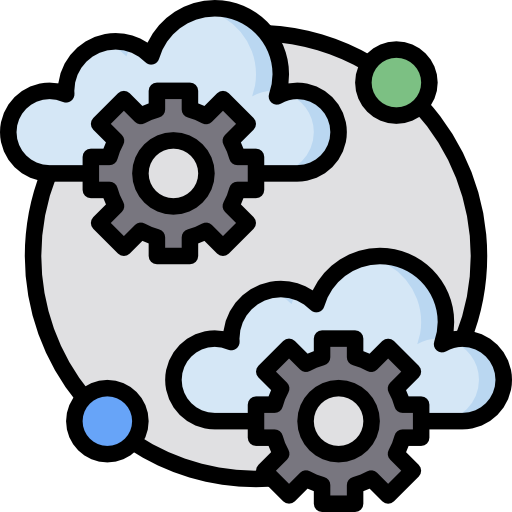
Optimization Service
We do optimal resource pooling from multiple clouds.

Engagement Model
Our every engagement focused on empowerment – not dependency
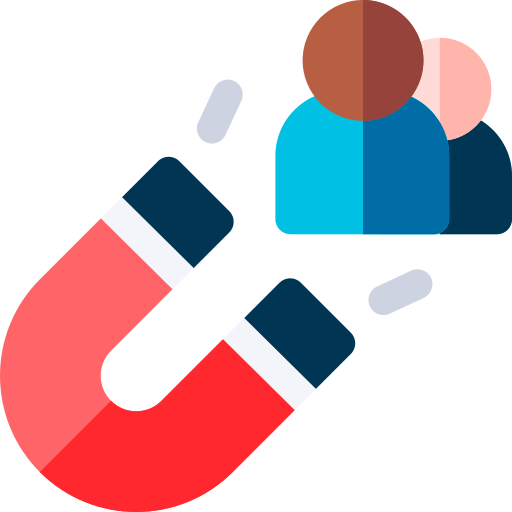
Long Term Retention
100% Customer Retention Rate.
Finally, we help you run it all at a lower cost using CloudOps delivery enabled with DevSecOps capabilities and extreme automation from our Synectiks Xformation platform driven services delivery model. Xformation Platform allows to quickly build and deliver and orchestrate cross cloud services, at-scale, repeatable offerings and solutions that help to drive your Hybrid Cloud journey @50% time & cost. Xformation is a single interface and platform to manage all your workloads distributed across multiple clouds and boundaries within a single control plane.
Now is the time to act. Don’t be disrupted — be the disruptor. Let us help you innovate and transform to differentiate with speed and quality. That’s Synectiks. That’s transformation Delivered in open product based solutioning model.
